What’s going on, guys? Billy here, and the midcycle refreshes from DJI with the DJI Air 3S just keep coming. It seems to be something we can now expect from the DJI Air series of drones. If you remember, the old Mavic Air 2 was upgraded to the Air 2S on April 15, 2021—just about a year after its release. This time, the Air 3 has received similar treatment, with upgrades in almost the exact same areas as the Air 2S.
Back then, the Air 2S brought three major improvements: a new camera with a 1-inch sensor, a new set of upward obstacle avoidance sensors that also cleverly looked forward as the drone pitched forward, and an upgrade in the transmission system from OcuSync 2 to O3, adding more antennas to boost range and signal strength at close proximity. These upgrades made the Air 2S an all-around great drone that I used for many projects and brought with me on many trips. For its $1,000 price, the Air 2S offered an impressive spec and performance-to-price ratio.
In fact, the Air 2S went toe-to-toe with the Mavic 2 Pro, as the camera hardware was similar. Yet, the Air 2S had better specs, including 4K video at 60 frames per second and higher resolution video at 5.4K. People also preferred the Air 2S for its portable form factor, improved obstacle avoidance, and enhanced image transmission, making it better than DJI’s professional-level folding drone at the time.

Enter the Air 3S: Another Midcycle Refresh
Now, as if we were in the Twilight Zone, we’re reliving this scenario with the Air 3S, which improves upon the Air 3 in three major areas: a new main camera with a 1-inch sensor, a new set of obstacle avoidance sensors featuring a forward-facing LiDAR sensor, and an increase in speed with a greater maximum pitch angle. Once again, DJI’s mid-tier drone is going toe-to-toe with the Mavic 3 Pro but at half the price, making it an all-around great drone.

So, is the release of the Air 3S identical to that of the Air 2S? In my last video, I spent 29 minutes detailing the differences between the Air 3S and the Mavic 3 Pro, with more than half of that time devoted to the camera comparison. There’s a lot to unpack because nearly everything is different between those two drones, from the camera and software to the remote controls.
However, the comparison between the Air 3S and the Air 3 will be much quicker, as there are essentially three main areas of improvement. Let’s dive into those upgrades.
Should Air 3 Owners Upgrade to the Air 3S?
If you already own the Air 3, should you upgrade to the Air 3S? My answer is a pretty hard “no.” These drones are so similar that it doesn’t make sense to buy a new one for the small upgrades introduced. You can even use the same batteries, charging hub, remote, cases, and all other accessories, except for the ND Filters, as the camera design has changed.
I don’t think DJI introduced the Air 3S to get Air 3 owners to upgrade. Instead, it’s meant to entice owners of older drones, like the Mini 4 Pro or the Air 2S, to finally make the leap. The Air 3S offers enough enhancements to convince people with older models to sell their drones and buy a new one.

The Camera: Is the 1-Inch Sensor Better?
The primary upgrade to the Air 3S’s camera is the 1-inch sensor. The medium telephoto camera remains the same, so the big change is the sensor size of the main wide camera. Beyond that, many specs are either identical or marginally favor one drone over the other.
For example, the Air 3S offers more frame rate options, including 4K at a full 120 frames per second (compared to the Air 3’s 100 fps), and the megapixel count increases slightly by 2 megapixels. However, the Air 3 still has some advantages, like a higher bitrate and a more open aperture.

Sensor Size: How Much Does It Really Matter?
While a bigger sensor theoretically makes a difference, especially for low-light performance, it may not be as significant on a drone where sunlight is typically the primary light source. You’ll likely get a decent image regardless of which drone you use.
In fact, one immediate difference I noticed was the Air 3S’s warmer color profile when set to a baseline 5600 Kelvin white balance. In my previous comparison with the Mavic 3 Pro, the Air 3S leaned warmer, the Mavic 3 Pro leaned cooler, and the Air 3 fell in between, feeling more accurate and neutral. This warmth adjustment is more evident in certain shots, like the Philly skyline, where a slight tweak toward the cooler end (around 5200 Kelvin) helped achieve more neutral tones.

For anyone interested, I’ve provided links in the description to download sample files from both the Air 3S and the Air 3, shot in similar conditions. This will let you compare images side by side on your own monitor and test color grading on the uncompressed files.

Real-World Performance and Detail
While scrolling through clips, I found it challenging to spot immediate differences between the two cameras, which speaks to the quality of both. All modern drone cameras are good, but with careful side-by-side comparisons, you’ll find minor distinctions.

The Air 3S does offer slightly more detail, particularly in buildings and trees, giving a sharper and more detailed look that doesn’t feel overly enhanced. Its warmer tones also help balance highlights in bright scenes, like shots over water, giving the overall frame a pleasing look.

Low-Light Performance: A Mixed Bag
Despite the Air 3S’s larger sensor, I found it somewhat disappointing in low-light situations. Surprisingly, the Air 3 performed better in low-light video, offering a brighter, clearer image. The Air 3S’s video tends to look darker, likely due to its all-in-one HDR processing pipeline, which works great during the day but struggles at night.

With the Air 3, you can shoot with minimal software enhancement and manage any noise reduction in post-production. In comparison, the Air 3S’s low-light performance leaves room for improvement. I addressed this in my Review, where I noticed that the Air 3S just didn’t measure up to competitors like the Mavic 3 Pro, which is excellent at nighttime shooting.

Photography: Quad Bayer Sensors and Megapixels
Both drones use a quad Bayer sensor to artificially enhance the resolution. The Air 3S has a slight edge with its 50-megapixel images (versus the Air 3’s 48 megapixels), but real-world differences are minimal. The Air 3S images do lean warmer, which can be easily adjusted when shooting RAW.
For those who want to test the differences for themselves, download the images from the link below to edit and compare.


Flight Speed and Workflow Efficiency
The Air 3S boasts improved speed, with a maximum top speed of 60 mph. It reaches this by increasing its maximum pitch angle to 36° (compared to the Air 3’s 35°). This extra speed can make a significant difference for professionals, as it allows for faster coverage of large areas and quick subject tracking. I first noticed this advantage while flying over a construction site in Ocean City, New Jersey. The increased speed helped me complete the job more quickly than I would have with the Air 3 or even the Mavic 3 Pro.

Enhanced Obstacle Avoidance with LiDAR
One of the new features of the Air 3S is the forward-facing LiDAR sensor, designed to improve obstacle avoidance. However, in my day-to-day flying, I didn’t notice a massive difference from this addition. The omnidirectional sensors on both drones perform well, even in low light, where the Air 3S’s sensors are rated at 1 Lux, compared to the Air 3’s 15 Lux. This makes the Air 3S’s obstacle avoidance reliable even at night.

Final Verdict: Is the Air 3S Worth the Upgrade?
For Air 3 owners, upgrading to the Air 3S may not be worth it due to the similarities between the two drones. However, for those using older drones, the Air 3S offers an enticing array of upgrades, from improved image quality to faster flight speeds and enhanced obstacle avoidance.
In summary, the Air 3S is a great upgrade for anyone looking to enhance their drone experience, especially if they’re ready to upgrade from an older model. While image quality may no longer be a deciding factor due to recent advancements across DJI’s product lines, the additional features and performance improvements of the Air 3S make it a solid choice for both hobbyists and professionals alike.
Thank you for watching, and I hope this breakdown helped. Let me know your thoughts down below, and I’ll catch you in the next one. Peace!


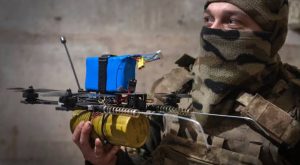
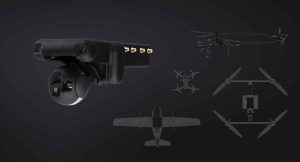
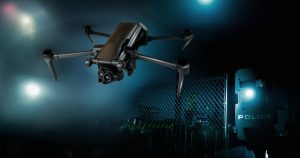
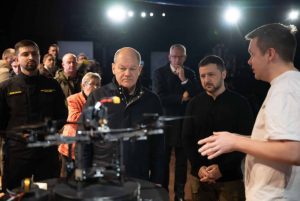
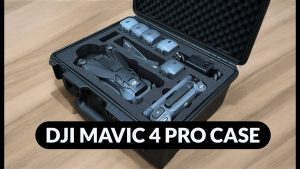
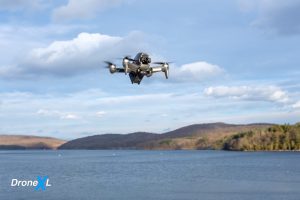
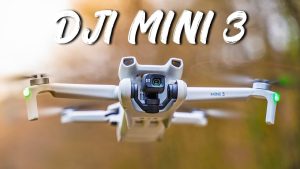
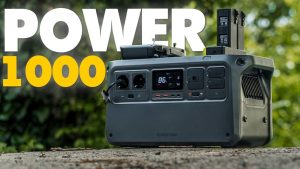


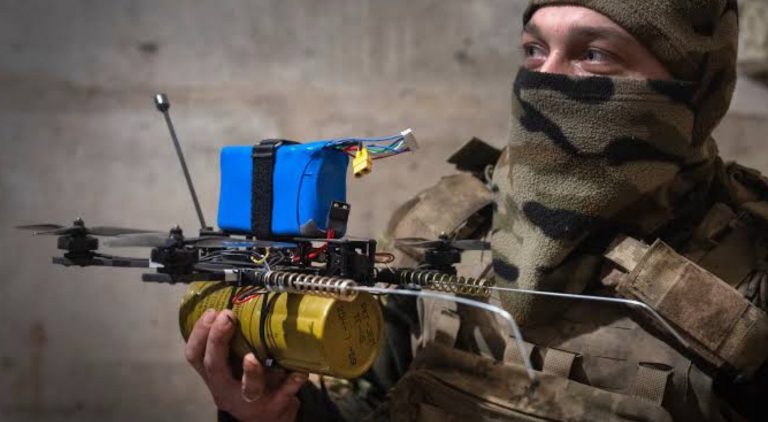
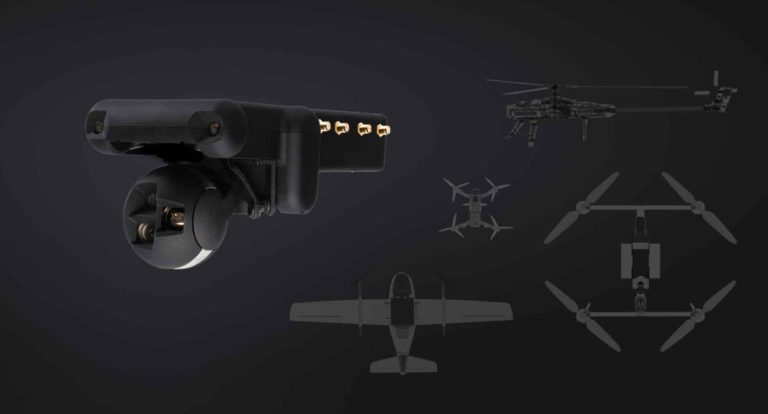
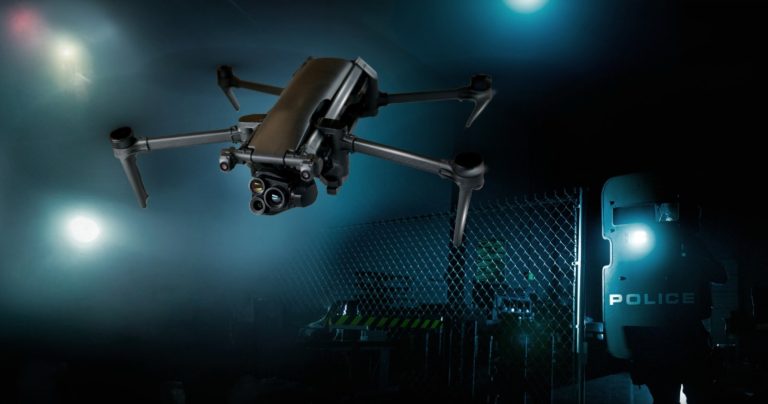

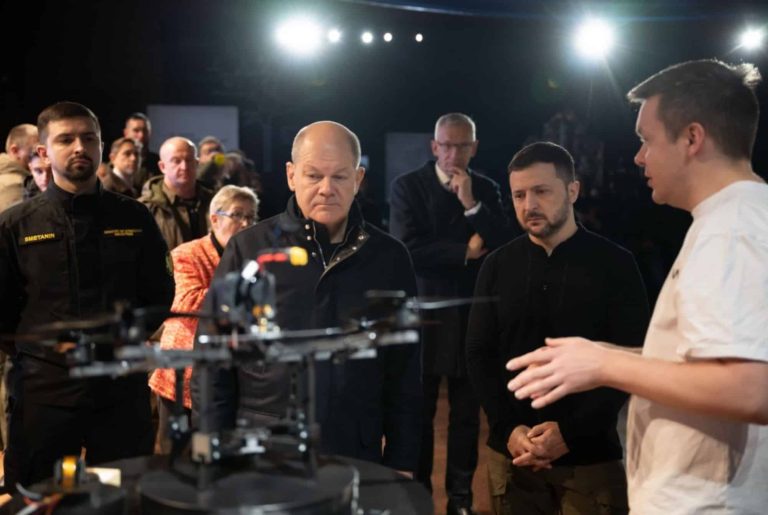
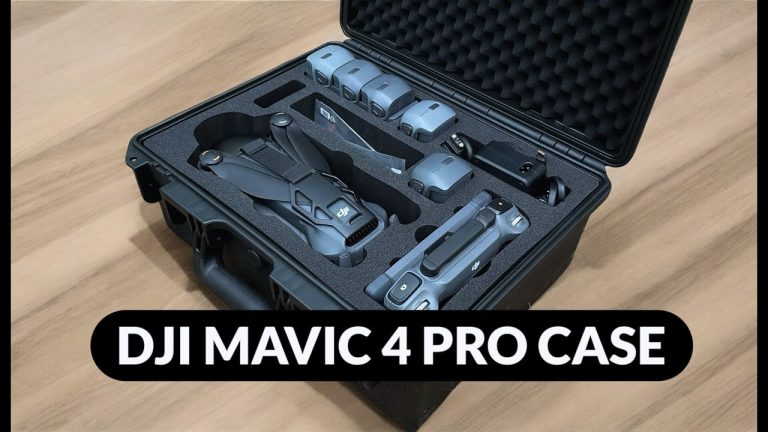
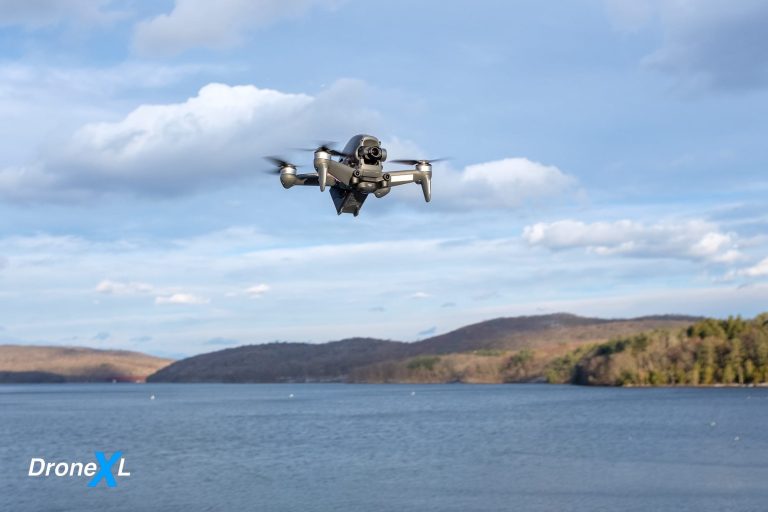
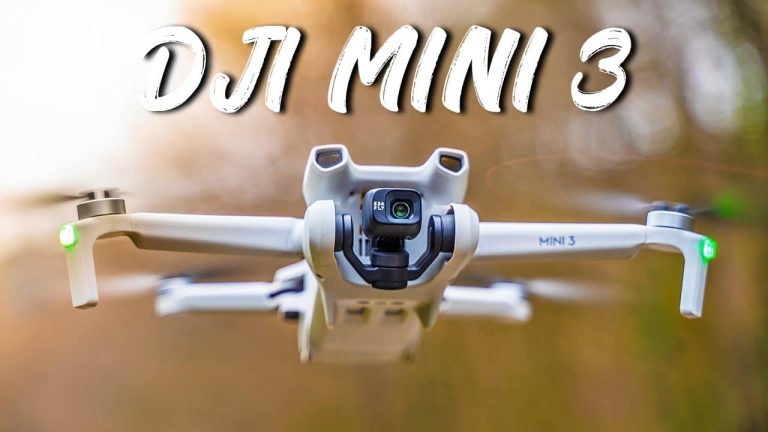
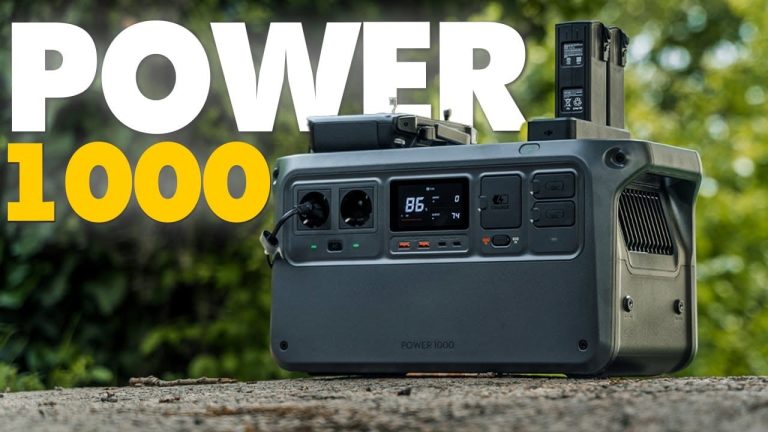
+ There are no comments
Add yours